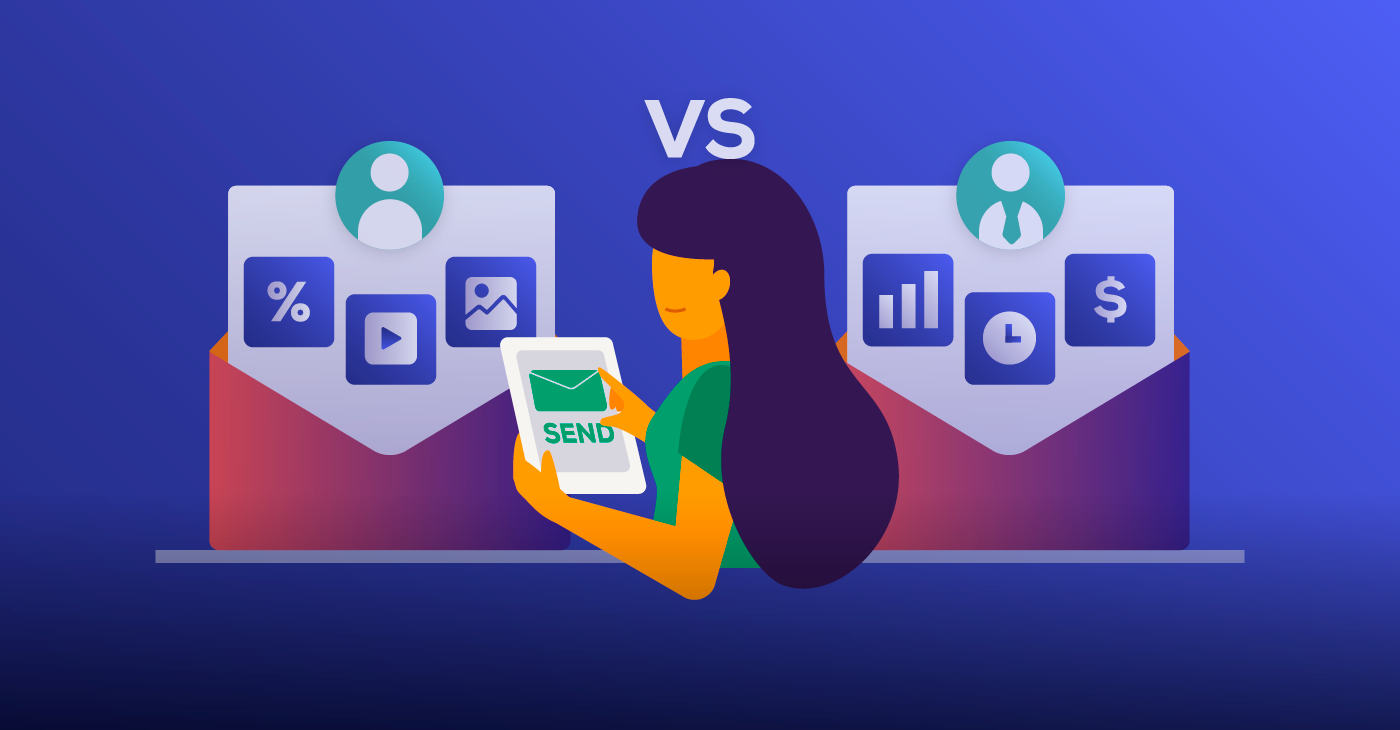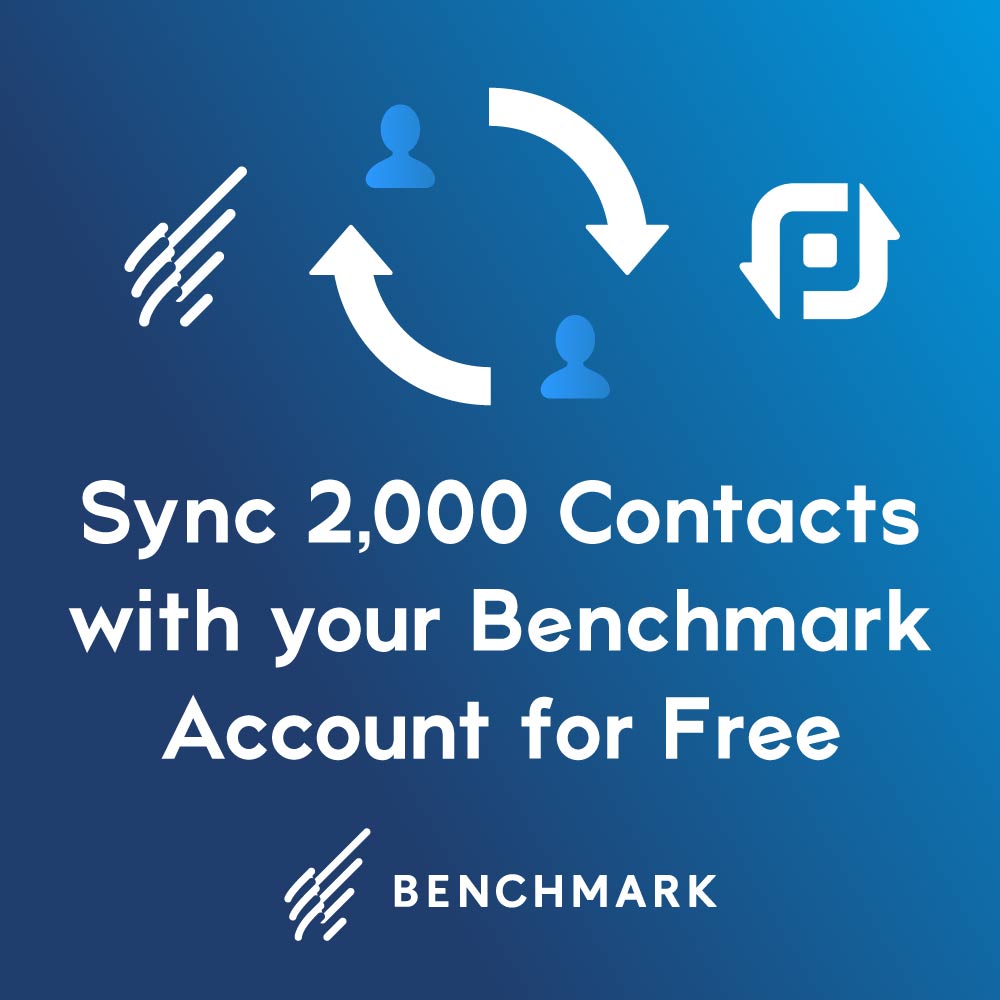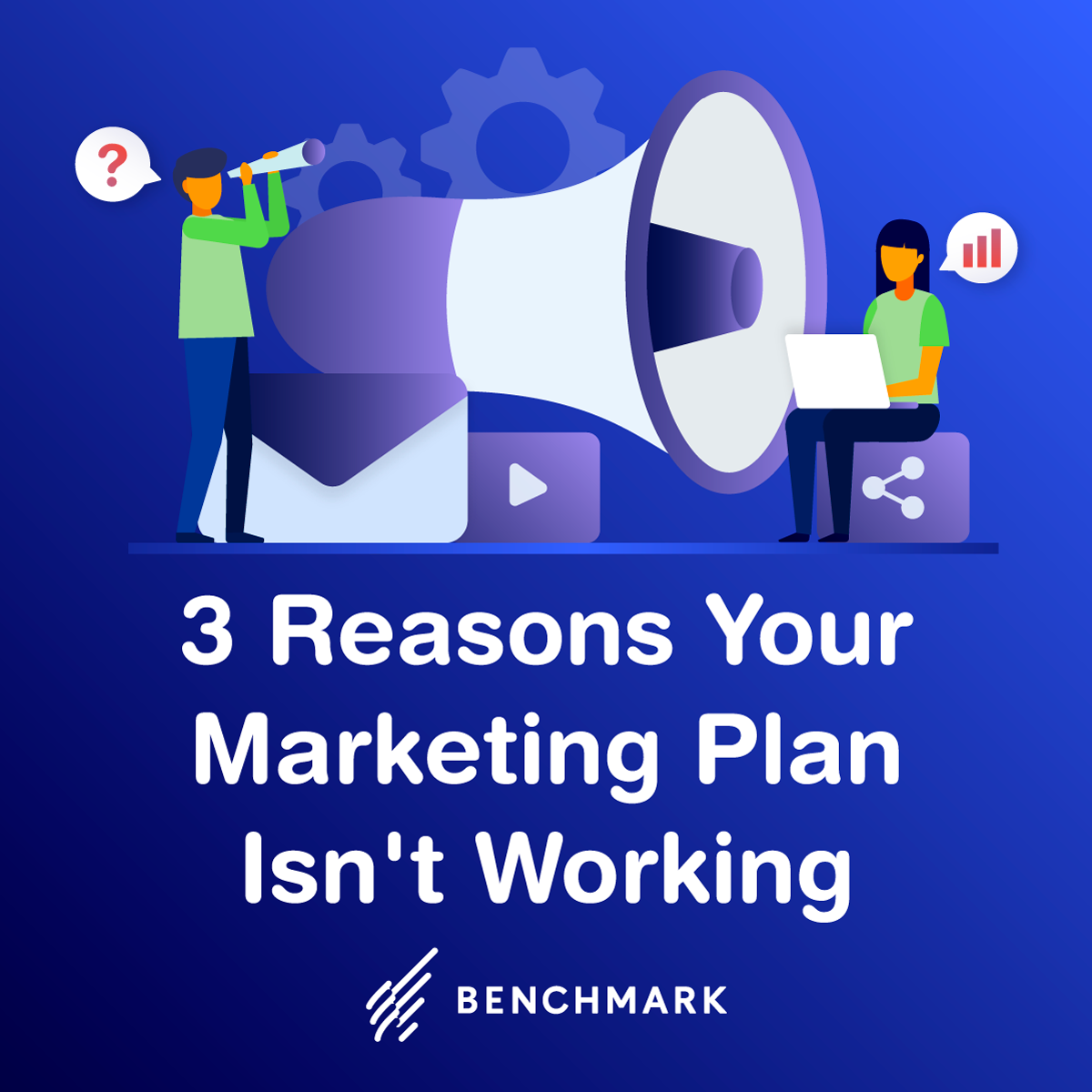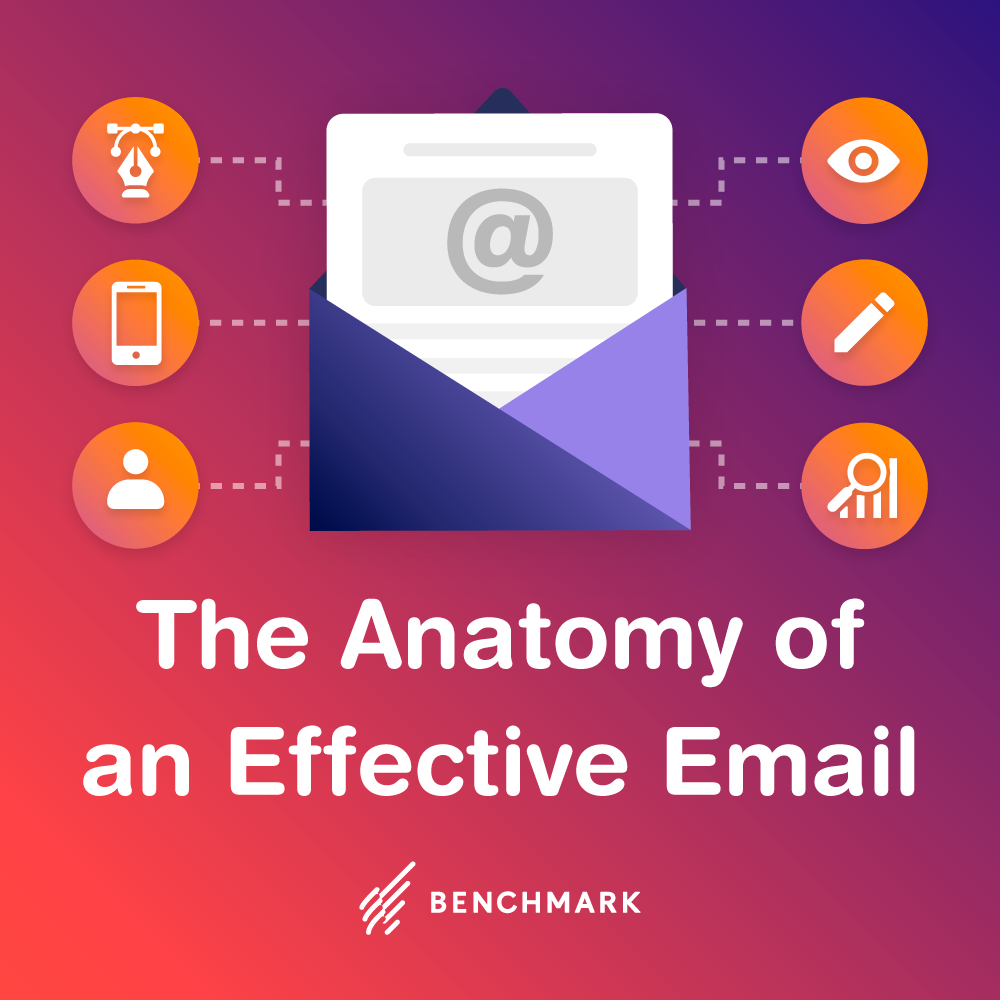
We have seen in previous articles why it’s so important to build your own database but did you know that it’s also extremely important that you keep it up to date? If your subscriber list isn’t up to date, then you’ll certainly see deliverability issues and this not only means that you won’t see as many conversions as you expect but also that you risk your emails being marked as spam. Keep reading to find out how to get better results from your email marketing campaigns.
Manage your list to optimise email deliverability
I hinted at this above but my first piece of advice is that you need to make sure that you’re creating your database yourselves, from scratch. Forget about buying lists of thousands of subscribers. It’s much better to start with nothing and encourage people to sign up bit by bit than buy a list or harvest addresses from the internet.
Sending 100 emails to people that have given you their email address voluntarily is much more effective than sending to 1000s that have never even heard of you before.
To create a list, you need to get people interested enough to give you their email address. To do this, you’ll need to think up a strategy for each of the different channels on which you intend to be present. Here are some ideas that are 100% practical and effective:
- Website: Not only do you need a signup form but your contact form must be visible and easy to find. You must also inform all those that contact you via the contact form that they are also opting in to receiving future info and updates from you.
- Blog: It’s likely that your website has a link to your blog. If that’s the case, make sure that you request email addresses via a popup that appears when your readers visit. You can tempt them to share their valuable information by letting them know that, in return, they’ll receive inside info, a special offer, a report etc.
- Create a group on tools like Meetup and organise face-to-face events with people that have interests in common with yours.
- Organise online courses and webinars where all participants must register with their email address to attend.
- On your landing pages, offer ebooks, manuals, checklists or any other content of value that can be downloaded when an email address is provided.
- Competitions and giveaways on social media.
- Exchange business cards with new contacts at business shows, fairs, events and networking sessions.
Once you have subscribers, it’s very important that you communicate with them in a way that keeps them opening your emails, going back to your website and clicking on your links.
Automation Pro makes doing this really easy. It’s an excellent tool for keeping people engaged and interested as it allows you to create personalised journeys for each of your clients based on what they do or don’t do on your website or in response to your emails.
Let’s have a more detailed look at how to engage and keep engagement high.
Every time you send a campaign, you need to keep an eye on who is and who isn’t opening your messages. If you have a group of people who haven’t opened any of your messages in some time, they may not be interested in your product anymore, or the email address might no longer be in use. In cases like these, the risk of being marked as spam is increased.
Here are a few practical tips to follow:
On Benchmark, you have a “Clean List” tool. It’s very important that every 3 or 4 campaigns, you review the quality of your list and delete confirmed and hard bounces. If you have a high percentage of people who haven’t opened your emails in several campaigns you can:
- Delete them from the list. They’re not interested in what you’re offering and deleting them may mean that you can move onto a smaller plan. Not only are you saving money but you’re increasing your open rate by only focusing on your core subscriber.
- Separate those that open from those that don’t. With this strategy, it’s best to create a subaccount where you’ll place only those that don’t open your emails. To this group, you’ll send a reengagement campaign. Those that come back on board can be moved to the master account. Doing this will make sure that your master account has an excellent reputation as you’ll be sending to only your most engaged subscribers from here. Also, make sure that the campaigns sent to the non-openers are built specifically to re-engage. You should not be sending the same email to someone on a reengagement campaign as to someone who is already showing an interest.
Consider creating segments too. As you know, the more personalised and targeted the campaign, the more relevant and successful it will be.
Lastly, remember that within your Benchmark account, you have access to a Targeted Emailing tool. Take advantage of this tool and create lists of those that have opened several campaigns or a specific campaign, those that don’t open, those that click, those that click on a specific link and so on. You can find out how interested your subscriber list is in particular products, for example. Just include the products in question in a campaign and wait to see who clicks. Once you’ve sent the campaign and have the results, you can create lists segmented by who was interested in each product. Not only does this give you more information on who’s interested in what but you can also follow up with future campaigns based on these interests.
In our next article, we’ll be looking at how an email’s design can impact its deliverability. Follow us, subscribe and don’t miss out!
Help others learn more about email marketing best practices by sharing on social media and spreading the word. And, if you have any questions for us, just leave a comment below and we’ll get back to you.
Enjoy learning with Benchmark!




